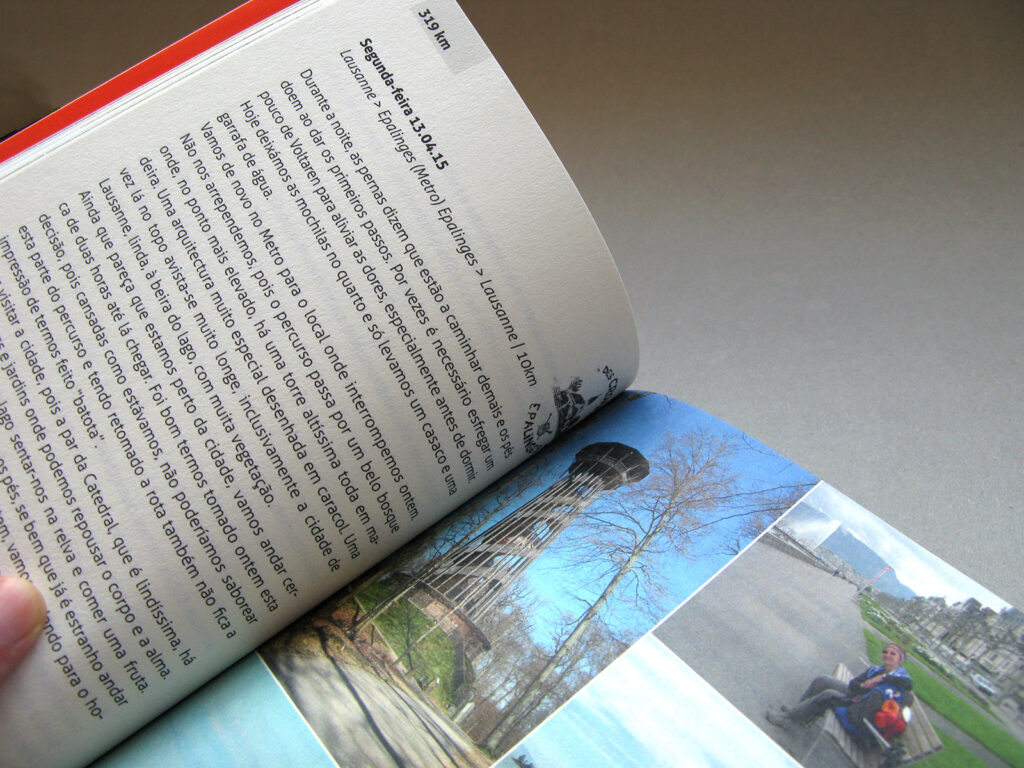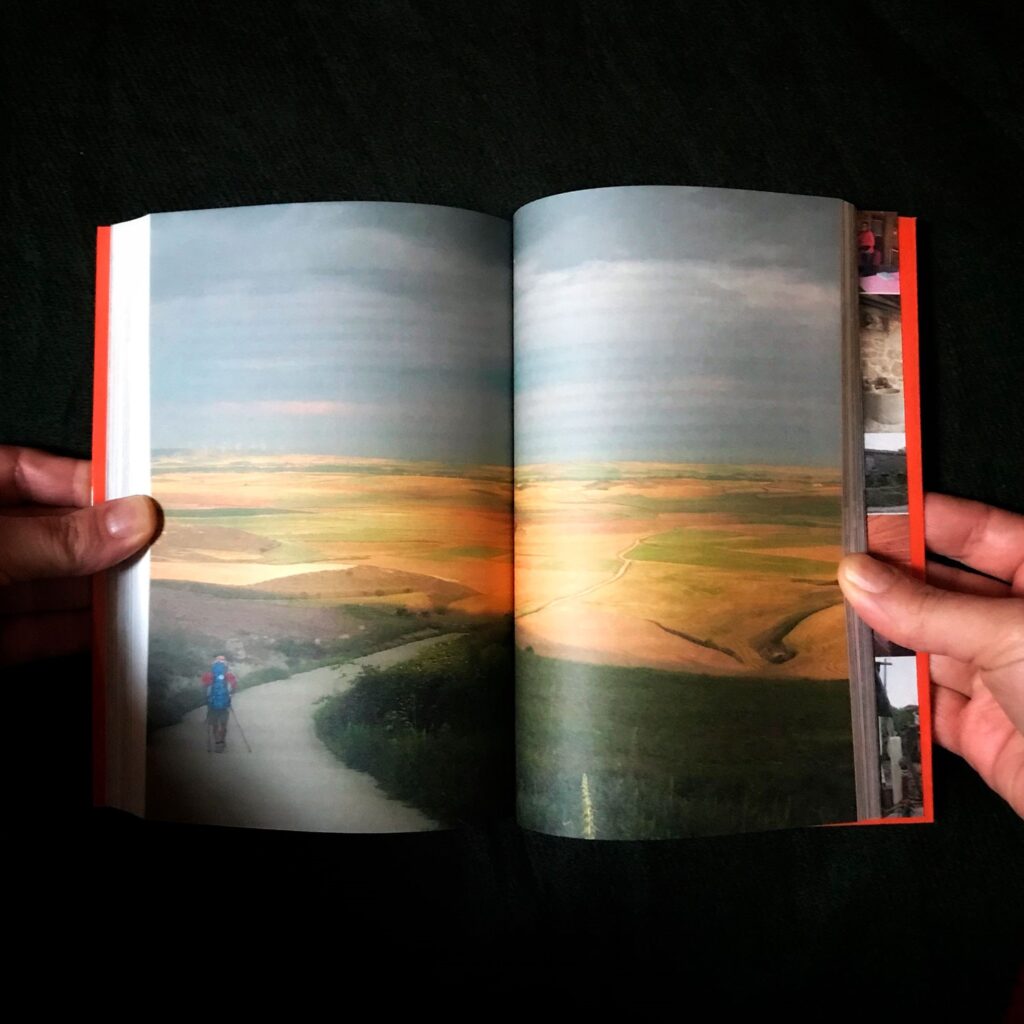In European culture, we have to go back to the ninth century to understand the “paths to Santiago”. In this medieval period, it was believed that the relic of the Apostle Santiago Maior was in the Cathedral of Santiago de Compostela. And this route was only later surpassed by the Via Francigena (to Rome) and, of course, by the pilgrimage to Jerusalem. In all of them, the pilgrim attained an immense blessing, for, on reaching his destination, he was granted full indulgence.
There are several paths across Europe and, even in our country, there is a lot to choose from. In these days, at the distance of a click, pilgrims can access very complete sites and calmly prepare their route.
Going back in time, we remember that the word "pilgrim" comes from the Latin per aegros, which means “those who cross the fields”. And between fields or tarred roads, this spiritual and cultural itinerary was declared and cherished, in 1987, as the First European Cultural Itinerary.
It can be done on foot, by bicycle, by donkey or in a more comfortable way, but it loses the true sense of “path”. The proverb already says that “the path is made by walking”.
Over time, its fame declined, but in the XNUMXth century there was a resurgence and, according to official records, pilgrims did not stop increasing.
But not everyone does it for reasons of faith, or religious reasons. There are many who do it for leisure or solely as a journey of inner discovery. A time of stopping, of contact with Nature and, equally, with the simplicity of living the daily life in an unpretentious way.
There is a certain romanticism that hides the harsh harshness of this path. Are movies, series or novels. Also the testimonies brought to the print that, with greater reality, show us the obstacles and the moments of overcoming. Those yes, are noteworthy.
In this context, Fátima Rodrigues narrates, in a touching book organized in the form of a diary, how she left Zurich and was “literally” on the way, covering 2.281 kilometers.
An impossible adventure – the reader will say! But so it happened.
As a result of this unique experience, we have a small, large book full of photographs, experiences, encounters and disagreements, pains and smiles. In a diary-like tone, the writer's sharing is contagious and the desire remains like a latent seed that one day (maybe) will blossom.
It is admirable this courage and determination of Fátima Rodrigues who, in this work The road to Santiago in 81 days – Zurich/ Santiago de Compostela (published by the publisher By the Book), leaves a message clear and devoid of moralism.
It is worth remembering that this book was supported by Coletivo Zebra, a civil organization that promotes “walking” as a regular, natural, rewarding and accessible activity. As the author says at the end of the work, “my goal was Santiago, everything else was to put on the crown. I feel like planning the next trip. Has the Way taken possession of me?».






















Comments